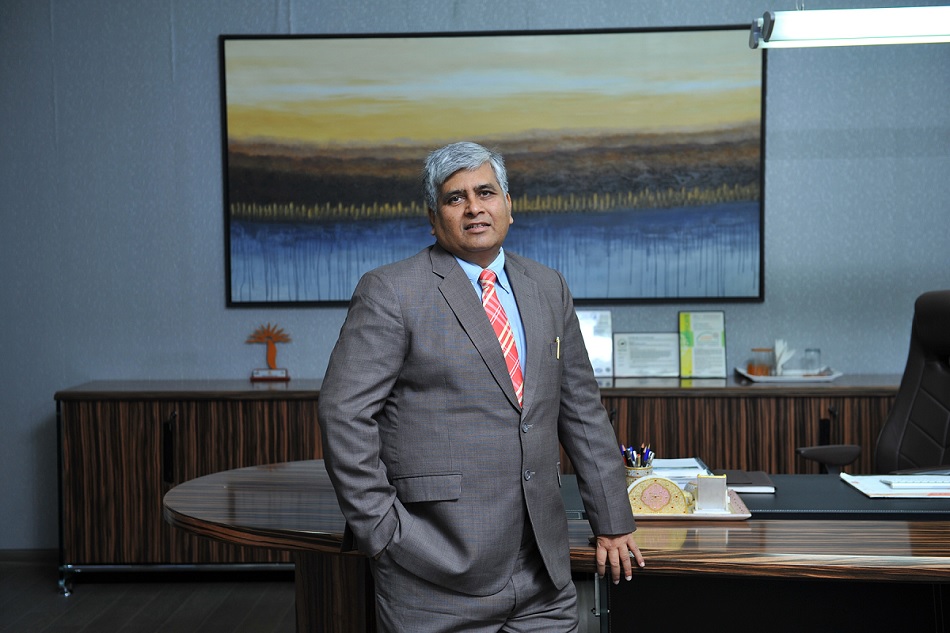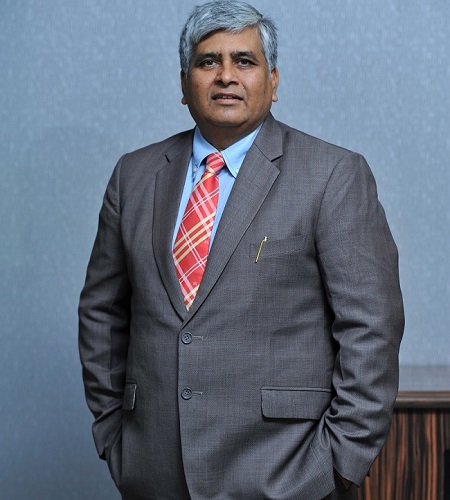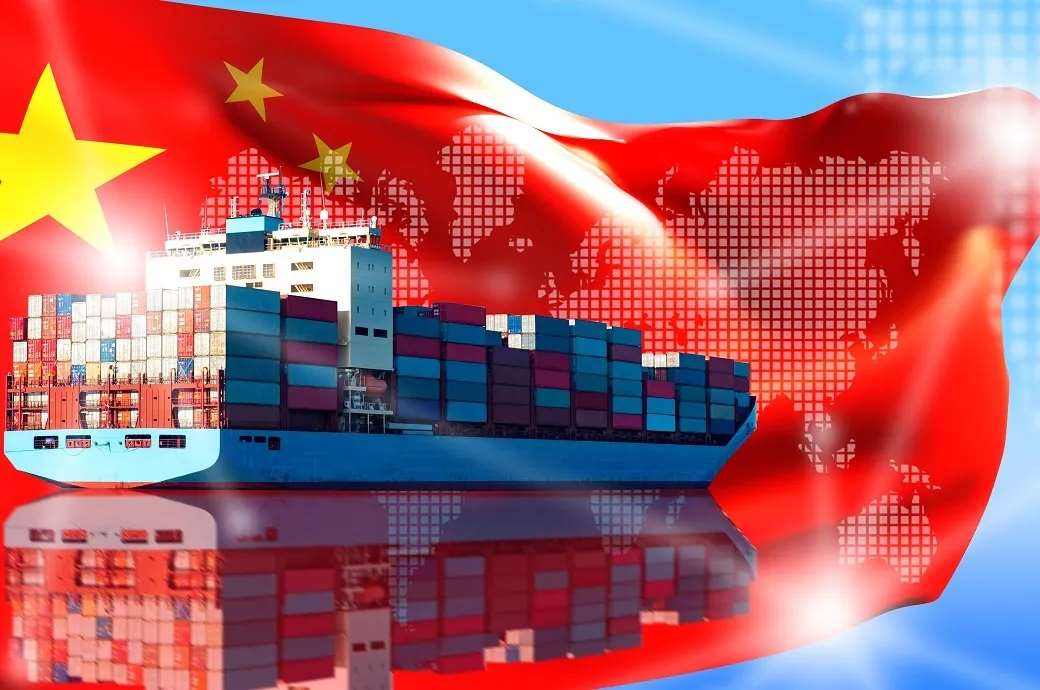
Dr S N Modani, Managing Director, CEO, Sangam India is also the Chairman of the Rajasthan Textile Mills Association. With 33 years of experience in the textile industry, he has led Sangam India Ltd. to become a vertically integrated textile conglomerate. He holds a PhD in "Strategic Management Practices for Sustainable Future" and his research benefits strategists, academics, and corporate executives.
Indian textile industry has long been recognized for its rich heritage and vast potential. With a history spanning centuries, textiles have been an integral part of India's economic and cultural fabric. The nation's textile sector has witnessed significant growth and modernization in recent years, positioning it as a prominent player in the global market. Establishing mega textile hubs is crucial to further elevate India's standing as a leading global textile hub. These hubs serve as catalysts for innovation, efficiency and sustainability, propelling India to the forefront of global textile industry.
Mega textile hubs fostering growth
Mega textile hubs concentrate resources, infrastructure, and expertise in a single location, fostering a highly conducive textile manufacturing and trade environment. By bringing together diverse elements of the textile value chain - from raw material suppliers to garment manufacturers and exporters - these hubs create economies of scale and enhance the industry's overall competitiveness. Centralization also reduces logistic complexities and streamlines processes, making India an attractive destination for investors and international buyers.
Innovation is the lifeblood of any thriving industry. Mega textile hubs act as innovation centers, encouraging collaboration among businesses, research institutions, and design studios. This collaborative ecosystem leads to exchanging ideas, technologies, and best practices, facilitating the development of cutting-edge products and processes. By fostering innovation, India's textile sector can diversify its product range, meet global demand, and stay ahead in an increasingly competitive market.
Employment and investment opportunities 
Establishing mega textile hubs generates significant employment opportunities, particularly in rural areas with higher unemployment rates. Skilled workers and artisans find employment in these hubs, and the influx of jobs helps alleviate poverty and promote inclusive growth. Additionally, the presence of training and skill development centers within these hubs ensures the continuous upskilling of the workforce, enhancing their efficiency and expertise.
A robust infrastructure and a favorable business environment attract foreign investors to India's textile sector. Mega textile hubs offer a one-stop destination for international buyers, reducing lead times and costs associated with sourcing. Increased FDI infuses capital into the economy and brings advanced technologies and best practices, further enhancing the industry's capabilities. With these improved production capabilities, India can significantly augment its textile exports and establish itself as a preferred global supplier.
As the world increasingly prioritizes sustainability, the textile industry must adopt eco-friendly practices. Mega textile hubs can lead the charge by implementing sustainable technologies, recycling initiatives, and promoting a circular economy. By adopting green manufacturing practices, reducing waste, and optimizing energy consumption, these hubs can positively impact the environment while attracting environmentally conscious consumers and businesses from around the globe.
Policy and government support way forward
The Indian government plays a pivotal role in developing mega textile hubs. Policymakers must create a supportive regulatory framework that fosters entrepreneurship, encourages private investments, and facilitates seamless operations. Additionally, the government should consider offering incentives and subsidies to promote the establishment of these hubs in underdeveloped regions, fostering balanced regional growth.
With mega textile hubs in place, India can leverage its abundant resources, skilled workforce, and rich textile heritage to emerge as a global textile leader. By offering various high-quality products at competitive prices, India can outperform its competitors and capture a more substantial share of the global textile market. The rise of India as a textile powerhouse will bolster its economic growth and solidify its position on the world stage.











